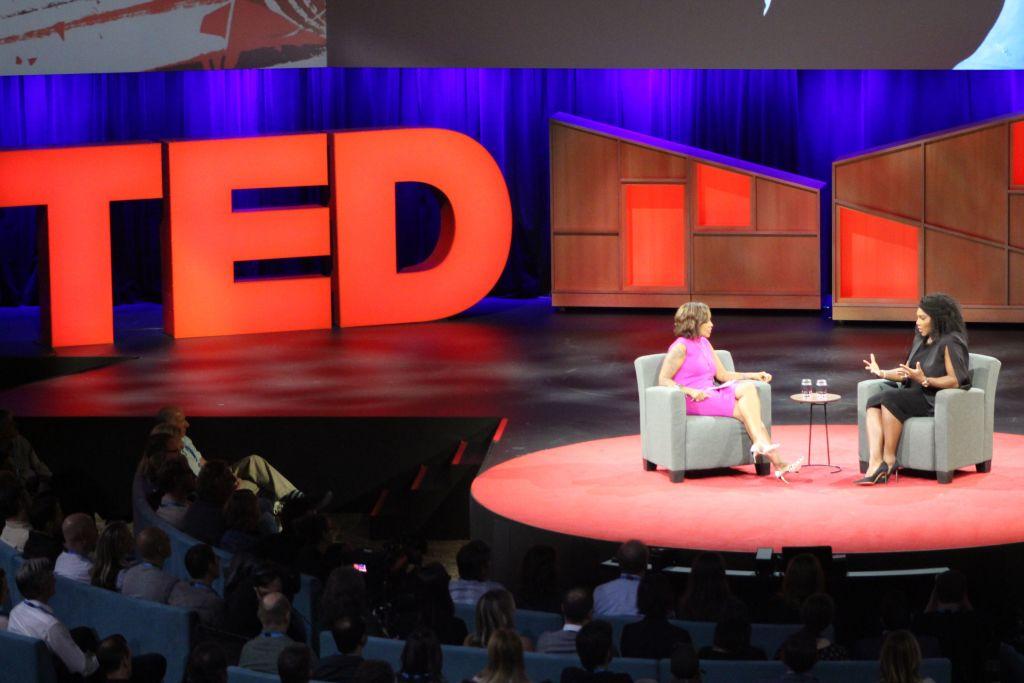The nature of business is changing. The way that we work together is going through a major shift. In the past, highly layered and rigid bureaucracy was what people accepted and believed was necessary for success.
We’re changing our minds as employees, business owners, and management. We’re realizing that a more collaborative, collective, and innovative business style is more effective and makes us happier.
One of the biggest changes related to this is how we see management.
Employees no longer want to work for “bosses”, they want to work for leaders. How employees see their managers has a huge impact on their satisfaction and future at work. 75% of people leaving their jobs don’t quit the job, they quit their manager.

What’s the difference between a leader and a boss? It depends on who you ask. In the most simple form: a boss commands actions for results while a leader inspires and enables employees to create with their own evolving ability.
How can you be a leader rather than a boss? Keep reading.
Encourage and provide opportunities for continued learning:
Bosses train employees for specific jobs. Leaders train employees to excel at their talents beyond just one job. Employees these days are looking for opportunities to develop and gain experience more than anything. They want to be in an environment that is going to push them to be better and emerge more valuable, whether they stay with the company long term or not. In fact, they will take this over higher compensation. 87% of employees surveyed say access to professional development or career growth opportunities are very important to their decision of whether to stay at their company or go. Not only do learning opportunities keep employees longer, but it helps make the team stronger and more productive. With technology and the necessary skill sets constantly changing, effective leaders know they need to keep their team up to speed to stay ahead. Leaders can schedule regular workshops and trainings with outside consultants for skills they see becoming more and more important. Leaders can also offer to give individual employees time to explore their own interests and focuses to better their skills or explore a new idea; it will more than likely go on to help the company. Google’s management famously allowed employees 20% of their time to be dedicated to other projects and learning. The results speak for themselves.
Eliminate micromanaging:
Bosses micromanage but leaders trust their employees ability and give them the training and tools to manage themselves. Anyone who’s worked for a “boss” knows the difference! You hired your employees for a reason: they have the ability to do their job. The more freedom and discretion to use their talents they have, the more you both get out of it. Employees who are micromanaged and feel held back in using their potential often look for other jobs. Giving employees more control of how they work gives them a sense of ownership over their tasks and projects. The more you micromanage and make employees feel they are just a small part of your work, the less interested in giving their best they will be. Give them the space and discretion to develop their skills at your company. A task and chat management platform like Hibox gives leaders the ability to quickly check in, chat and organize with their team but also step back and allow them to collaborate and manage work together on their own.

Provide consistent feedback and support:
Feedback is incredibly important for leadership and keeping employees feeling engaged and involved. Some managers may feel that feedback is not received positively or is annoying for employees. However, 82% of employees appreciate positive and negative feedback. Employees want to feel challenged and want to improve at work; this keeps them engaged. When management doesn’t provide consistent, regular feedback, they feel like they don’t care about their work and they disconnect. Having regular performance reviews and goal setting meetings is a great way to make sure that management is leading employees to stay engaged and improve. Setting long and short term goals and following up is important for accountability on both ends.
Include everyone in the long term vision:
Only 40% of employees know their company’s goals and strategies.
When employees don’t understand their place in the overall purpose of the company, they can feel unimportant and like just another replaceable number. They will feel like their work is not as valued. When they lack purpose, they can look for it elsewhere. Feeling connected, valued, and a part of overall company goals starts with leaders. A leader actively shows employees where their work is contributing to overall company goals and includes employees in the overall strategic goals of the company. A great way to accomplish this easily at all levels is to have a general public chat stream where all employees can receive messages from management about the direction of the company, news, and goals so everyone feels connected and in the loop.
Enable collaboration and better communication between team members:
Managers simply delegate what needs to be done per their standards. Leaders bring the whole team into the process and encourage collaboration so team members can work together to find the best solution and most efficient way to work together. Companies these days need to be flexible and agile. Things need to move quickly and change has to be easy for the whole team. Collaboration and communication are at the center of this. When collaboration and communication are fluid, easy, and intuitive, teams can be more focused and productive. It starts with what processes and attitudes around communication and collaboration that leaders set as the standard. Effective leaders give employees the tools for intuitive collaboration.

Hibox is the perfect digital workspace for teams looking to achieve this. Hibox includes chat, task management, file sharing, and video chat all in one place. The communication is intuitive and fast in organized chat streams. Leaders can keep teams on track with task management within chat. Your team can keep all files in one place to work together on them. It’s a much more collaborative way to work that siloed email and sending files back and forth.
Give consistent recognition:
Bosses take credit, leader pass on the praise in times of success to their team. Ultimately, leaders are meant to be a guide while their team is who makes it all happen. Effective leaders know this. Employees know how much work they put in to making a manager’s strategy come to life. A leader lets them know that their hard work is recognized and appreciated by them personally and the company. Purpose and contribution is very important to employees’ satisfaction. Leaders know this and make it a huge part of their communication with employees throughout projects. Public recognition is really powerful. Using a public team chat stream, leaders can easily share praise for their team and individual members to make everyone feel appreciated and a part of the success of the company as they work.

The next generation has no room for “bosses”, just real, effective leaders that inspire and motivate employees to develop their skills and perform their best. Not only do they keep employees happy and create a positive work environment, but leading in this way boosts productivity and keeps companies ready for change and growth with a loyal, engaged team. Hibox is a perfect tool to help manager be effective leaders and enable better collaboration and communication. Try it with your team for free today.




